--PART II-- Changes Before 2009In 1953, a group of Jews and Catholics who had been denied membership at The Everglades Club bought the Palm Beach Country Club from the estate of Henry M. Flagler who had built The Florida East Coast System. The Royal Poinciana Hotel had closed and been demolished in 1935 and the golf course had fallen into something resembling a state of disrepair. The newly formed club adopted the old name but sought to improve the course.
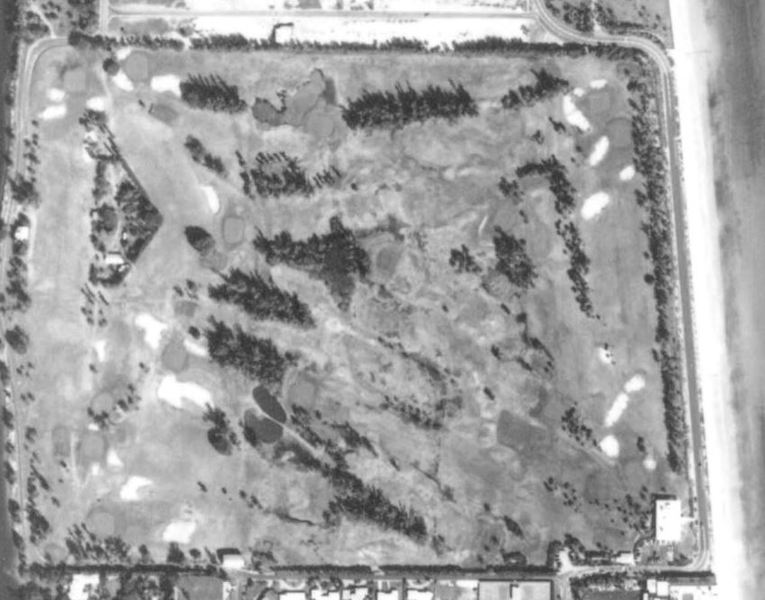 Fig 24
Fig 24:
This aerial view of the course is from 1953, the same year that it was purchased by a new group of members. (source:
www.historicaerials.com)
Note: Grass looks like it had grown over the sand dunes, turning them into mounds. Additionally, this aerial makes it look like a pond was added behind the 16th green. Apart from those changes, the course shows no signs of having been altered from the original Ross layout.
At some point between 1953 and 1959, the course was completely transformed by Dick Wilson. Bunkers and greens were (re)moved, reshaped and formalized. Ross’s rough-hewn look vanished to be replaced by dead-straight fairways and perfectly round bunkers and greens; five ponds were dug and rows of little trees were planted to separate the holes. These new additions replaced Ross’s carefully shaped and positioned sand dunes and greenside mounding (e.g. around the 2nd, 7th, 12th, and 16th greens). These Ross features had added character and challenge to the flat center of the course. Not a trace of any of them remains and I often what became of all the sand which used to be on such prominent display at PBCC. Additionally, a new 7th green was added to give the hole 20 extra yards, and the 17th hole was reconfigured and the green was expanded dramatically. Finally, the 10th and 18th holes which had been 383 and 345 yards respectively each lost more than 90 yards to accommodate a major clubhouse and parking lot expansion (These holes currently measure 279 and 260 yards according to Google Earth). This resulted in the construction of a new 18th green.
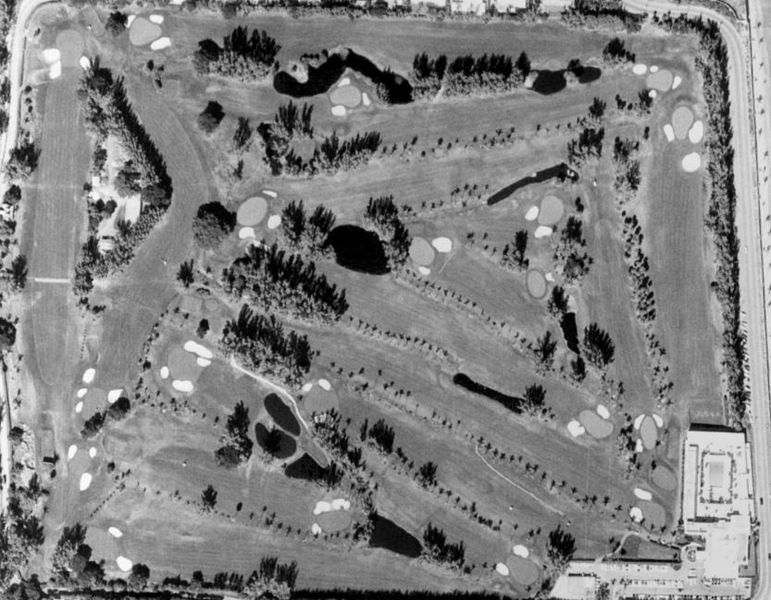 Fig 25
Fig 25:
An aerial view of the course in 1968 (source:
www.historicaerials.com)
One can tell by looking at this aerial photograph from 1968, Dick Wilson made more changes in the 1950s than I can go through one-by-one in this forum. In the following 50 years, the course did not undergo any serious renovations but rather the usual sort of adjustments which clubs, their greens committees, and greens keepers tend to make: holes were tweaked, trees were removed and added, and greens were reshaped (probably to soften whatever was left of Ross’s severe features). A few significant changes were made which I shall explain as I go through the holes.
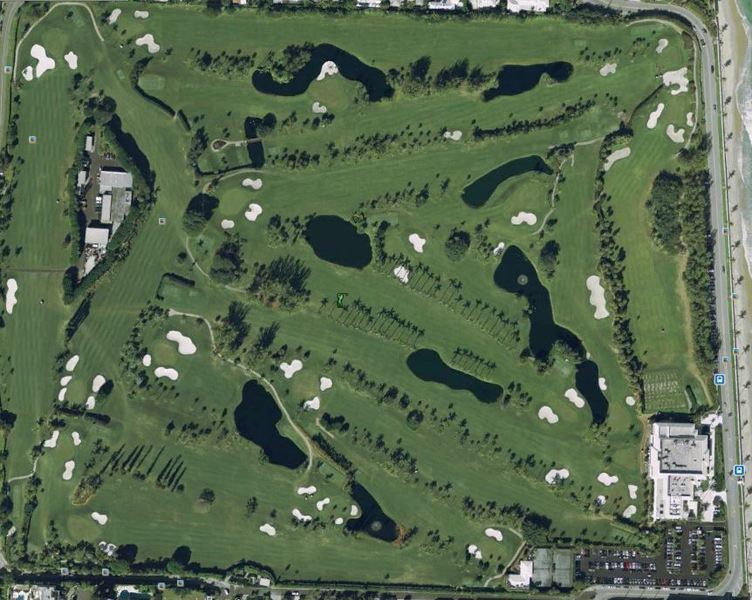 Fig 26
Fig 26:
A 2009 aerial view of the course just before the most recent renovation done by Brian Silva (source: Google Maps)
The Course2009 Scorecard YardagesYds par par1. 388 4 10. 335 4
2. 210 3 11. 537 5
3. 427 4 12. 180 3
4. 120 3 13. 490 5
5. 517 5 14. 405 4
6. 425 4 15. 418 4
7. 291 4 16. 200 3
8. 207 3 17. 150 3
9. 520 5 18. 335 4 3105 35 3050 35
Total Length:
6155 par:
702009 Actual Yardages [Estimates yardages from Google Earth]
Yds par par1. 355 4 10. 305 4
2. 220 3 11. 510 5
3. 395 4 12. 180 3
4. 120 3 13. 455 5
5. 490 5 14. 380 4
6. 395 4 15. 385 4
7. 275 4 16. 200 3
8. 210 3 17. 145 3
9. 480 5 18. 310 4 2940 35 2875 35
Est. Tot. Length:
5815 par:
70Of the following pictures, the ones which are taken from a helicopter, I bought from Premier Aerials (
http://www.premieraerials.com/). The ones taken on the golf course are mine. They were all taken in 2007
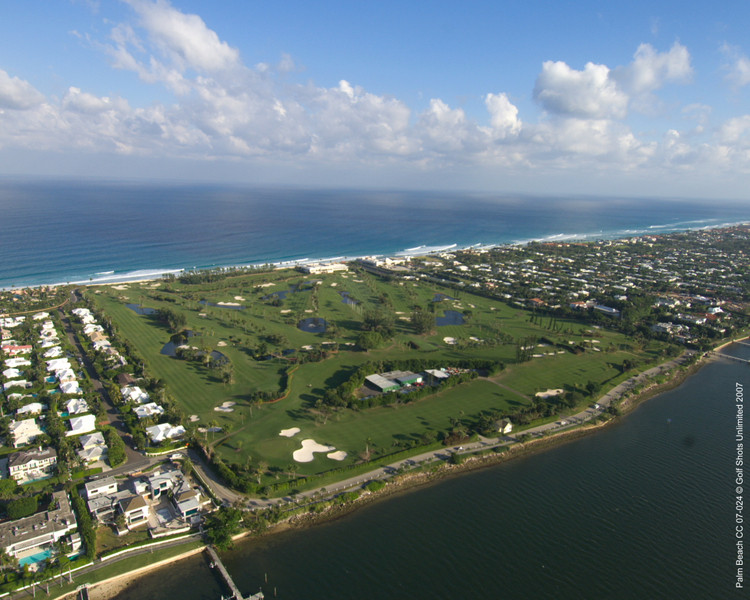
The setting
really is special!
1st Hole – par 4, 357 yards
PBCC's opener is not the most exciting hole. The old sand dunes probably once made it more interesting.
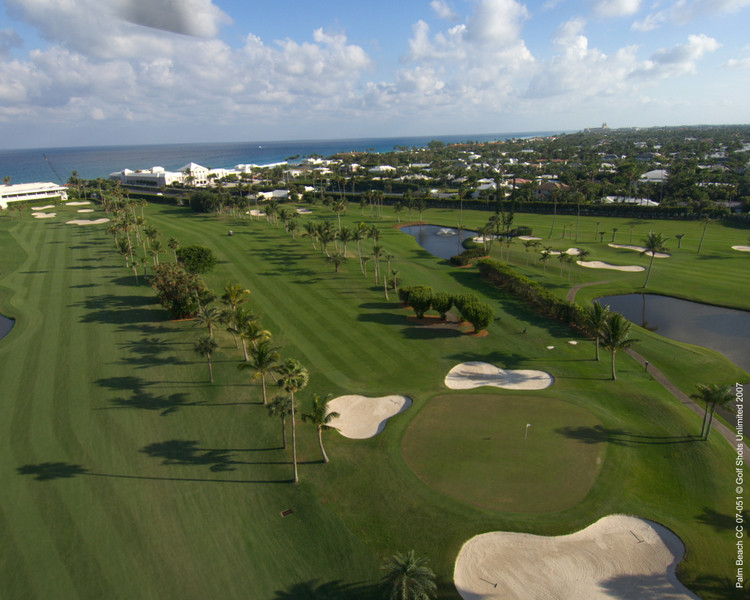
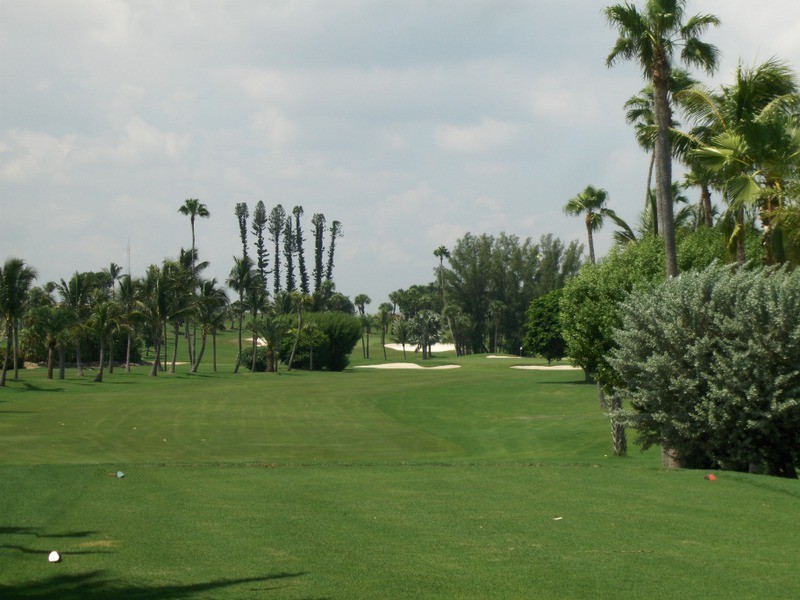 2nd Hole
2nd Hole – par 3, 220 yards
This is a fantastic long one-shot hole. It plays into the prevailing wind and can sometimes play more than 240 yards. The hedge 5 yards behind the green is O.B. and the green is impossible to hold if you are left or right of either greenside bunker. During the course of the past two years, I have been playing this hole as a two-shotter by hitting 5-iron off the tee.
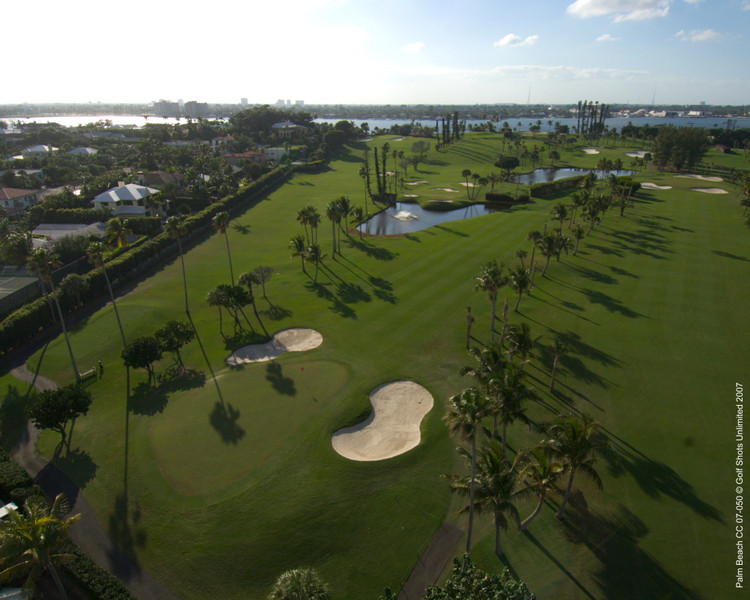
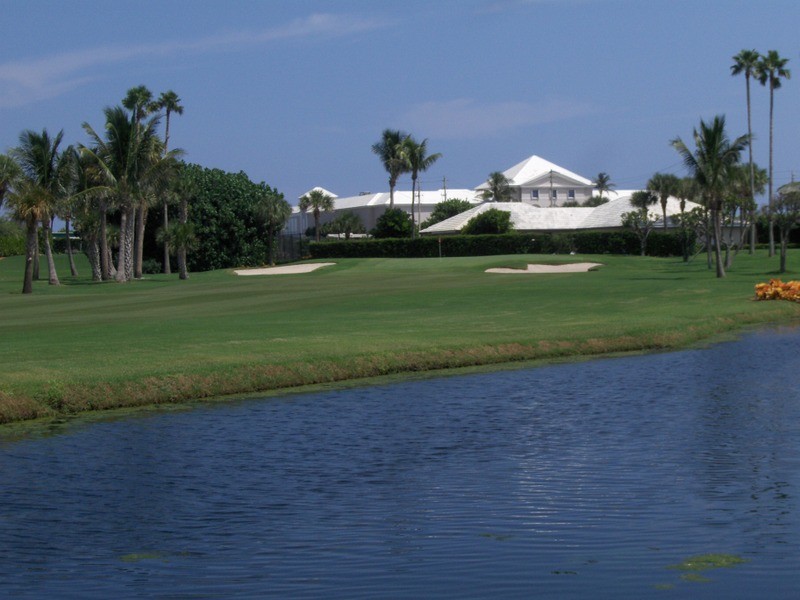
Taken from the 7th green
3rd Hole – par 4, 395 yards


The approach to the well elevated 3rd green from behind the right fairway bunker
4th Hole – par 3, 120 yards
Before Silva’s renovation, this was one of the better holes I know under 125 yards. More about this in
Part III.
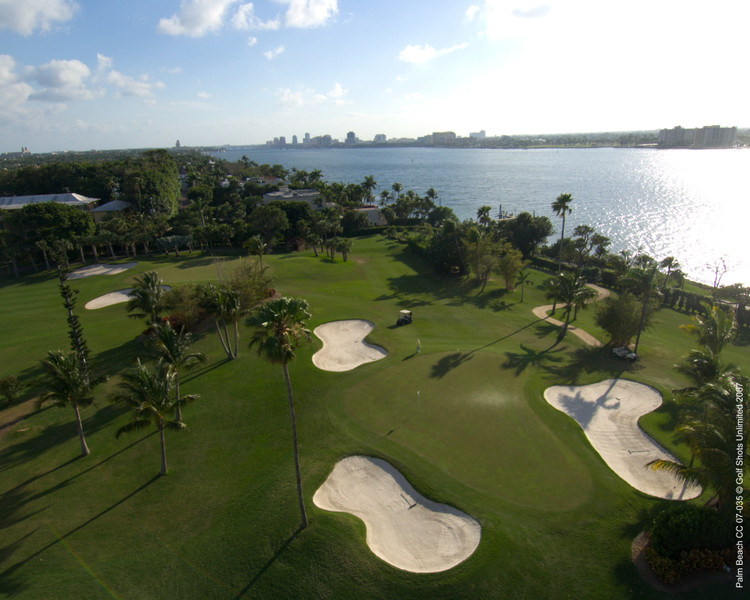
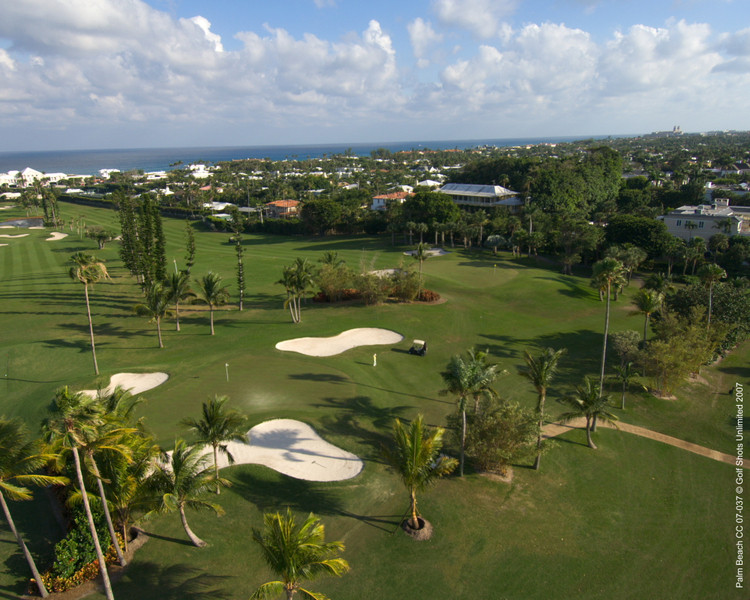 5th Hole
5th Hole – par 5, 490 yards
This hole was converted into a par 5. More than 120 yards were added by moving the 4th tee box right so it could be replaced by the new 5th tee. The green complex was also reconfigured and elevated a few feet above its former height.
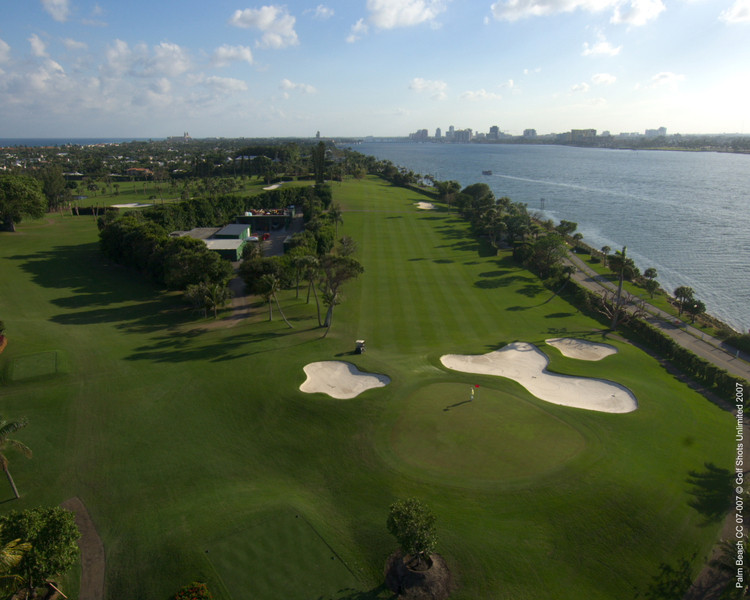
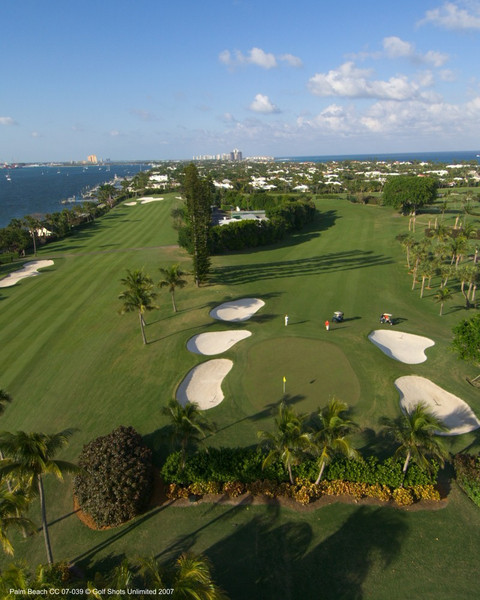
The 5th hole is on the left
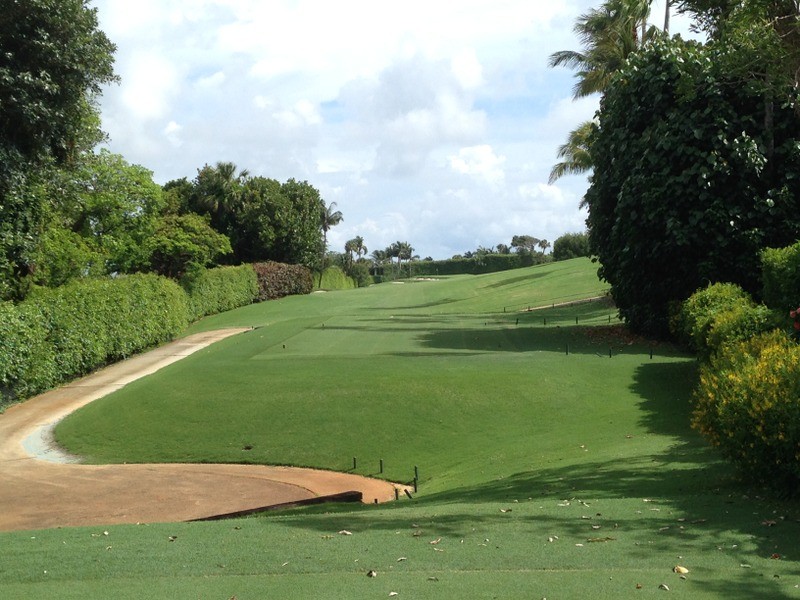
The tee shot on the 5th hole plays to a fairway which slopes significantly from right-to-left
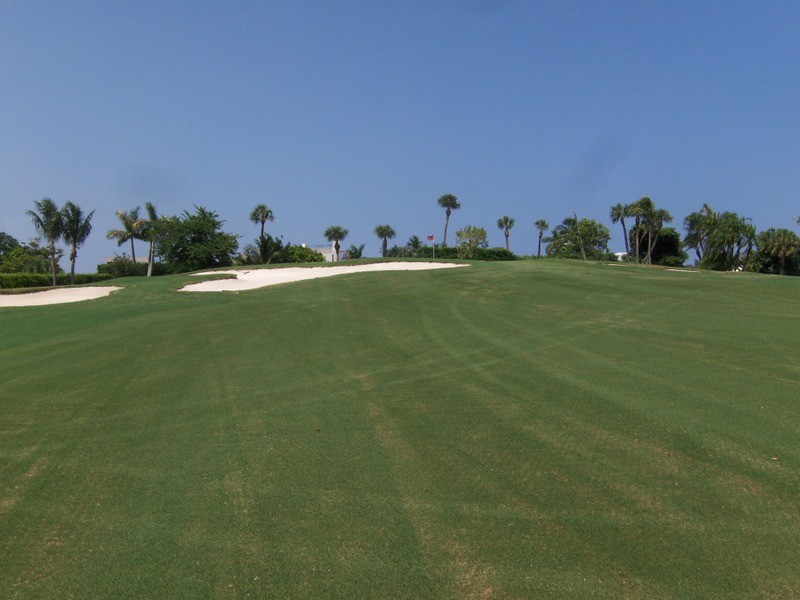
The approach to the 5th green
6th Hole – 395 yards (around dogleg) par 4
It plays more than long no matter whether or not you try to cut the corner but it can play
very long if you cannot carry any part of the trees which enforce the dogleg.
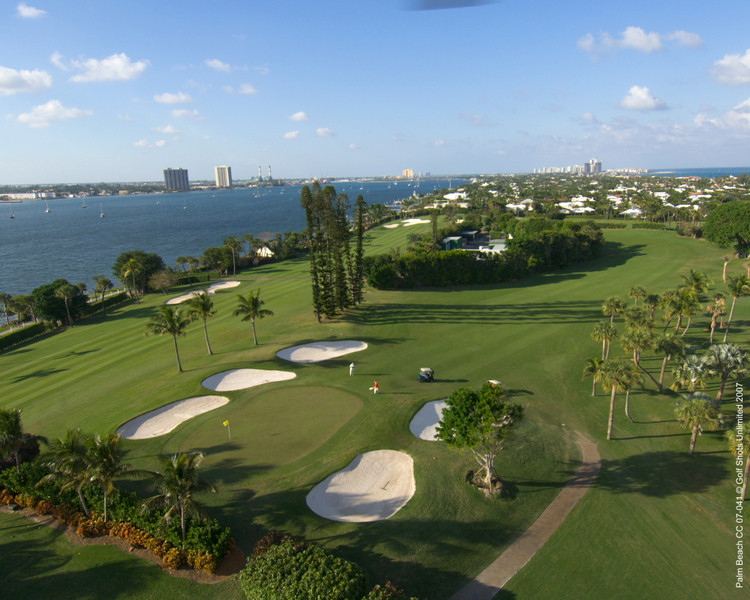
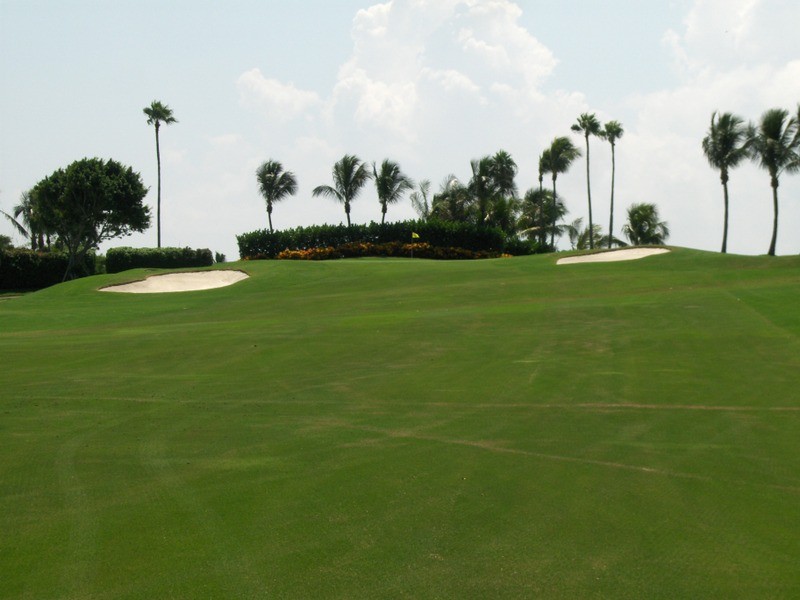
Another uphill approach at the 6th
7th Hole – par 4, 275 yards
The original yardage of this hole was a mere 230 yards. Even though this hole plays into the prevailing wind, the downhill component of the hole keeps the wind from mattering much. Ross's hole was unquestionably too short for a modern par 4, Wilson moved the green back 20 yards from its original position but did not move the sand dunes which surrounded the fairway on both sides of the fairway short of the green, acting as a stern deterrent for players attempting to drive the green. The tee was eventually moved back between the 4th and 6th greens, adding 20 yards.
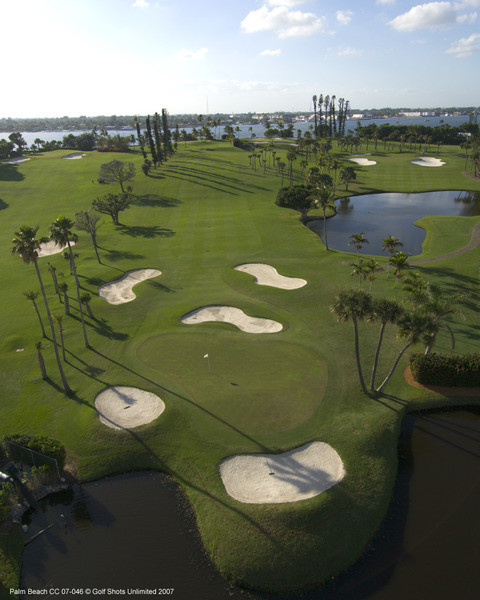
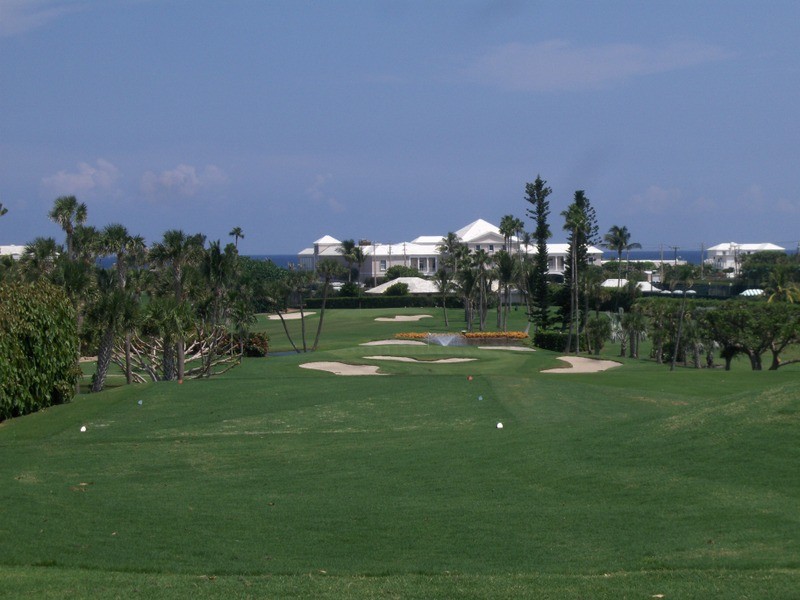
The tee shot of the severely downhill short 7th hole
8th Hole – par 3, 215 yards
This is the second of four long one-shot holes at PBCC. Until 2009, the hole remained exactly as Donald Ross originally designed it.
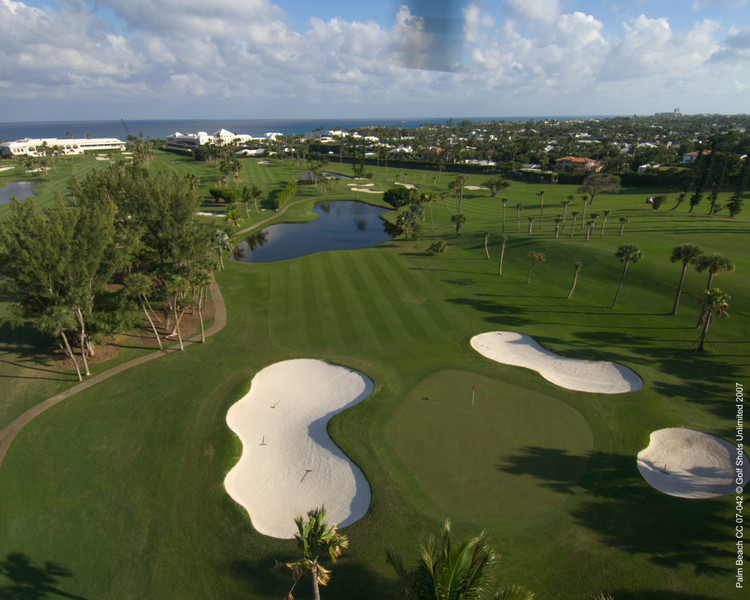
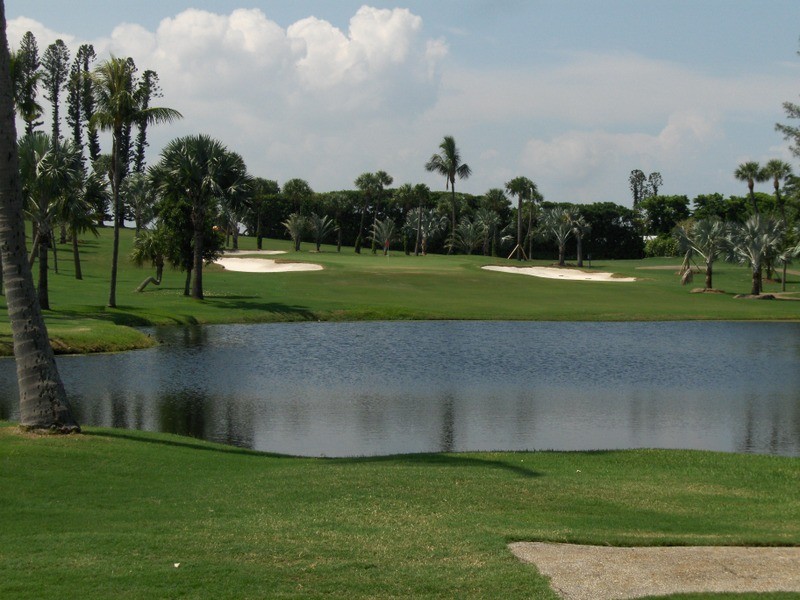
The pond in front of the par 3 8th fairway is one of the two original to the golf course
9th Hole – par 5, 480 yards
Though short by modern standards, its tendency to play into a prevailing wind makes all but the very long hitters play the 9th as a three-shot hole.
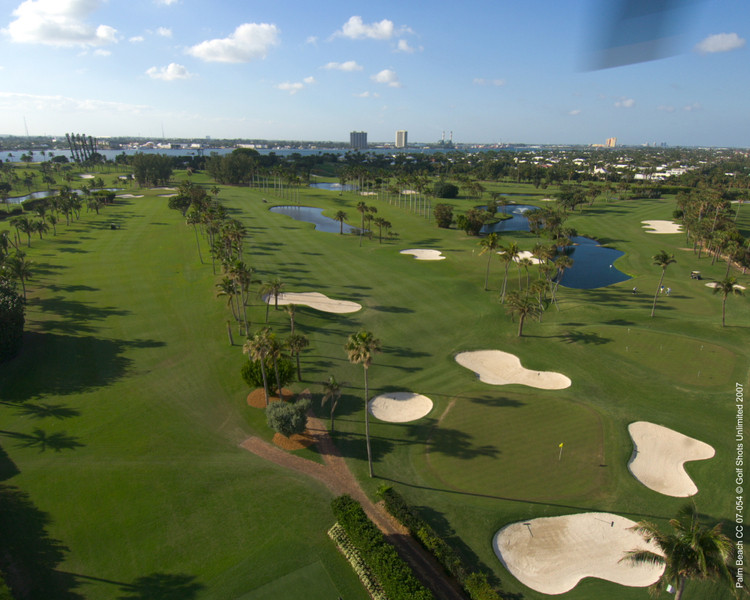
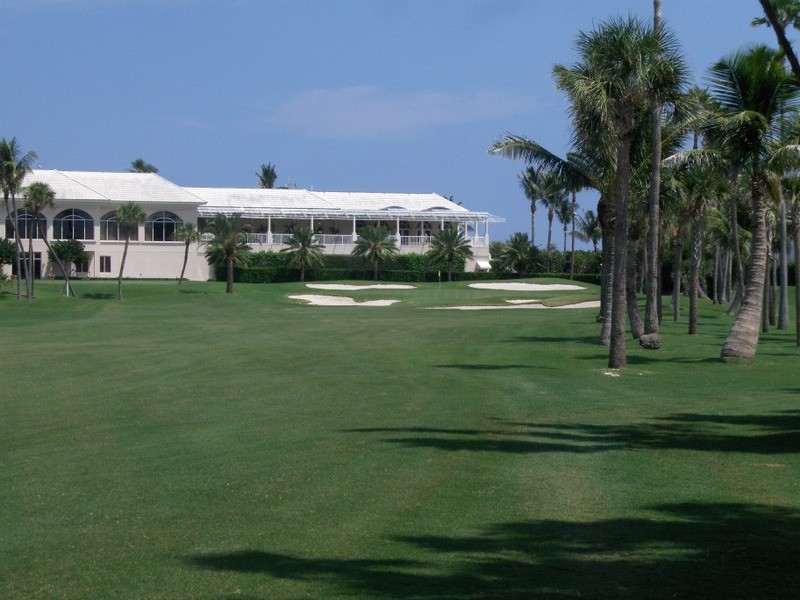
The approach to the 9th
10th Hole – par 4, 305 yards (around dogleg)
Having originally measured 383 yards, changes to the clubhouse and parking lot cut the hole by 90 yards. Adding insult to injury, the 10th green was moved back by 10 yards to accommodate the new 13th green. At 280 yards, the hole was now considered too short. By rerouting the fairway left around a new a grove of tall trees which had been planted between the tee and the green, the club created a dogleg right hole which causes it to play as a two-shot hole rather than a drivable par 4. This change not only effectively prevents long hitters from trying to drive the green but also prevents shorter hitters from hitting a long club off the tee in order to gain an advantage. The trees limit the rational player’s options, forcing him to hit a 210 yard tee shot and then a wedge to the green.

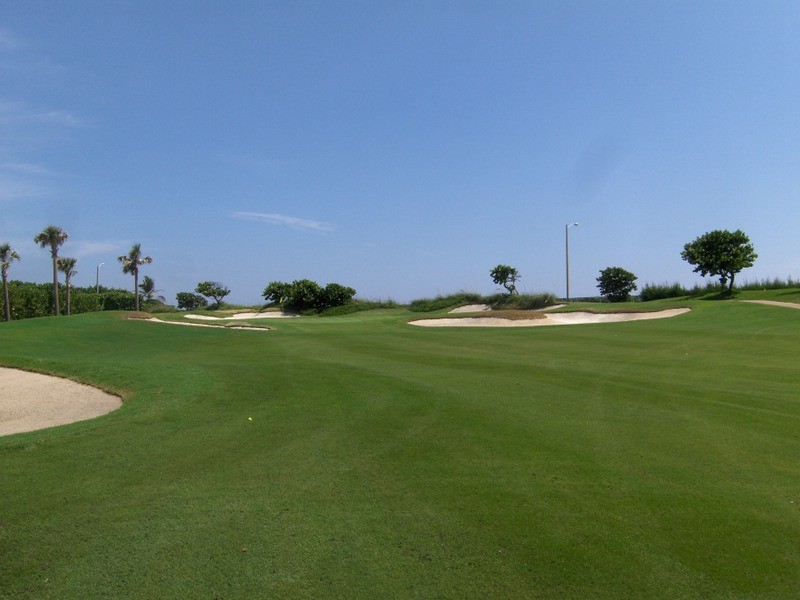
The approach to the 10th hole
11th Hole – par 5, 510 yards
Except for the front-right greenside bunker, this hole remained unchanged from its original design until 2009.

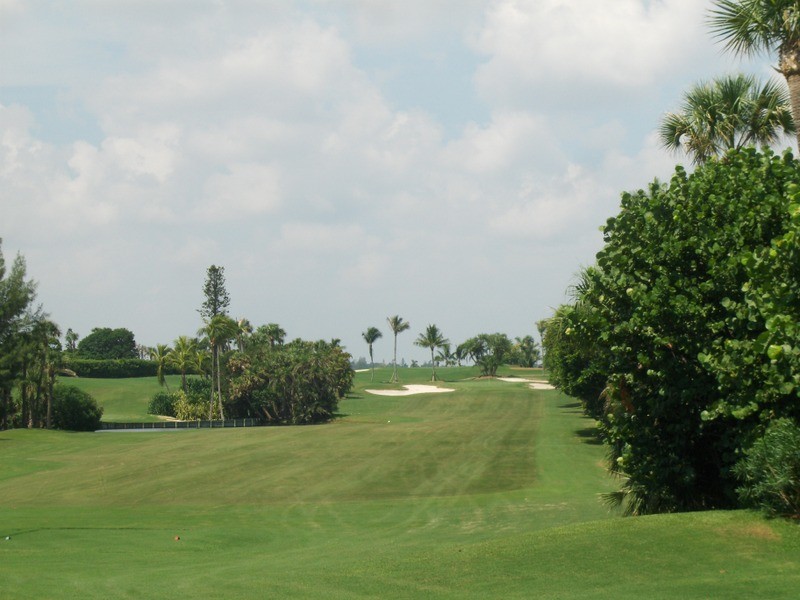
The tee shot on the 11th hole, the approach shot plays uphill
12th Hole – par 3, 180 yards
The 12th tee shot is downhill but hitting into the prevailing wind with an iron often makes the hole play longer, not shorter, than its yardage.
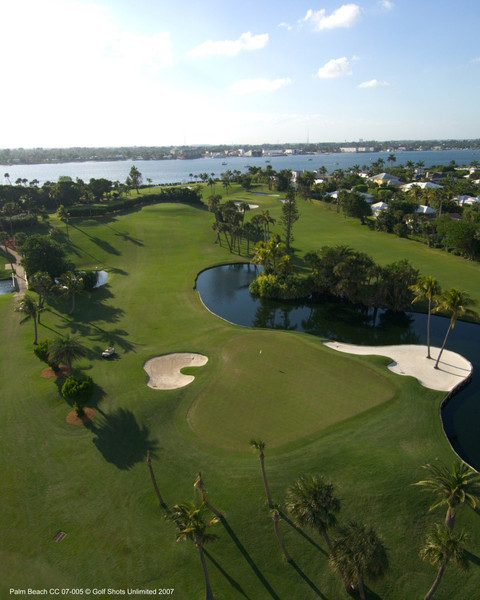
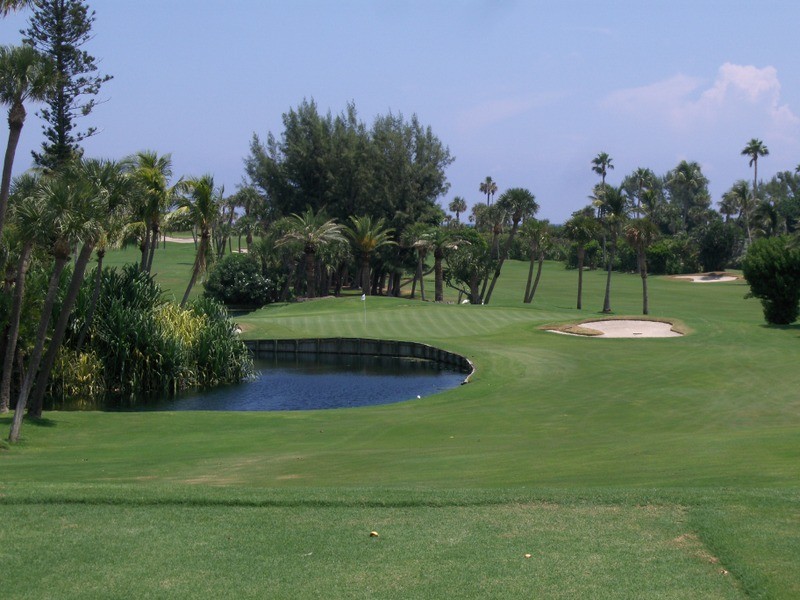
The Australian pines trees behind the green block what would otherwise be an incredible view.
13th Hole – par 5, 455 yards
From what I have been able to ascertain about Ross’s original design for the 13th hole, it was an uninteresting 350 yard par 4. Not only was a new back tee added 90 yards behind the original tee box but the green complex was reconfigured, and moved back 10 yards onto the elevated dune along the courses eastern boundary. 13 now measures 455 yards and plays as a par 5. The prevailing winding blows directly into the players face and the significantly uphill approach to the green make this hole play significantly longer than its yardage.
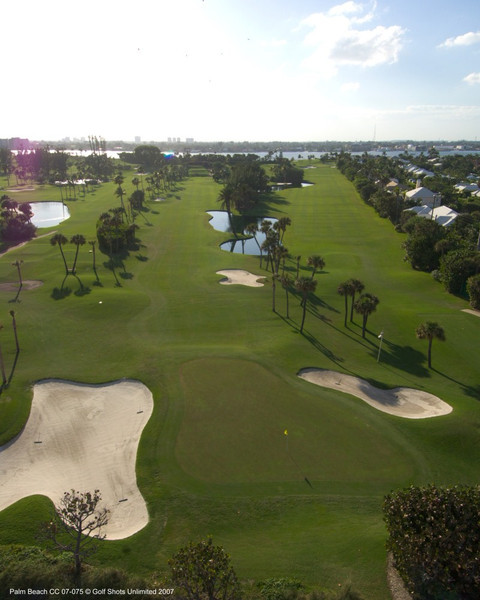
 14th Hole
14th Hole – par 4, 380 yards
Nowhere can the loss of the sand dunes be so acutely felt. As seen in the Kawashima painting, this tee shot was once treacherous, the player wanting to avoid the dunes which surrounded the fairway. It became a landing strip. The approach to the 14th plays uphill to a severely sloped green with a false front. The greenside bunkers are very deep.


A long or short miss is often very costly on this hole
15th Hole – par 4, 385 yards
This hole often plays significantly longer than the yardage. 15 is another hole where the loss of the dunes which once lined and protruded into the fairway has left a rather uninteresting tee shot.
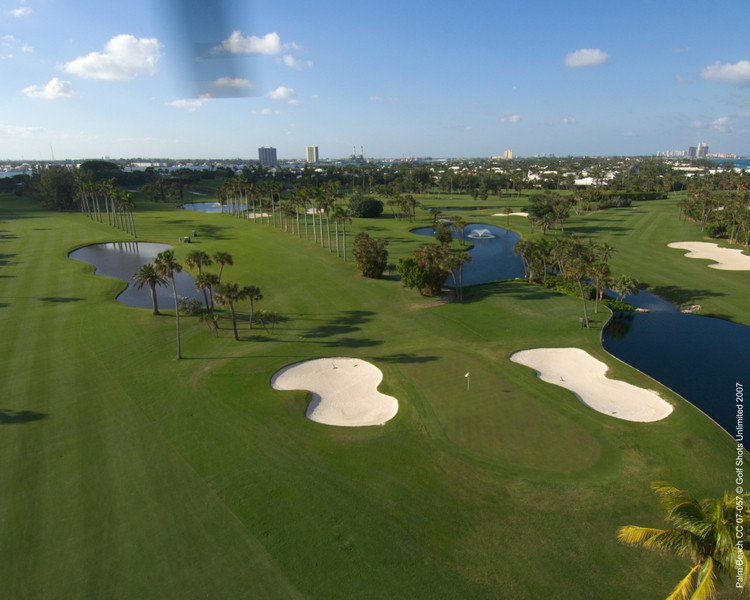
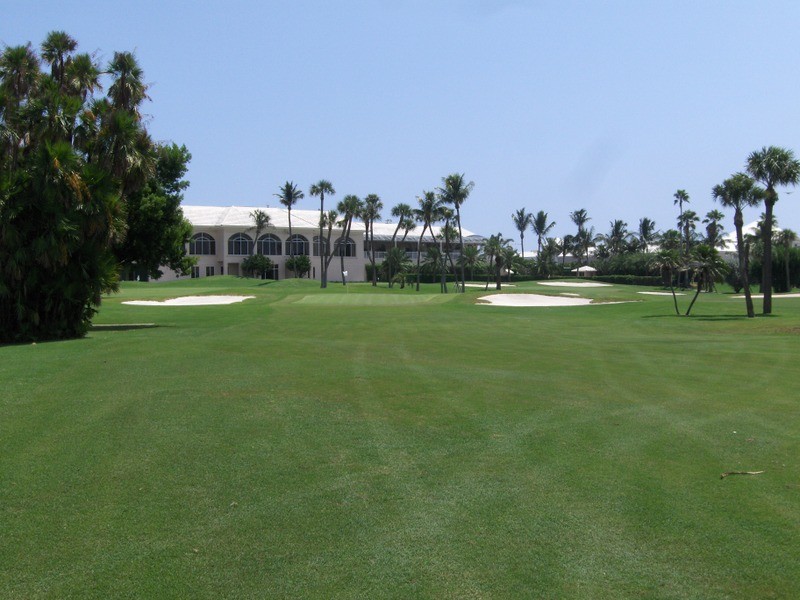
The 15th green with its narrow landing area and false front does not provide a large target.
16th Hole – par 3, 200 yards
The last of PBCC’s the long par 3s… a par here is especially satisfying.
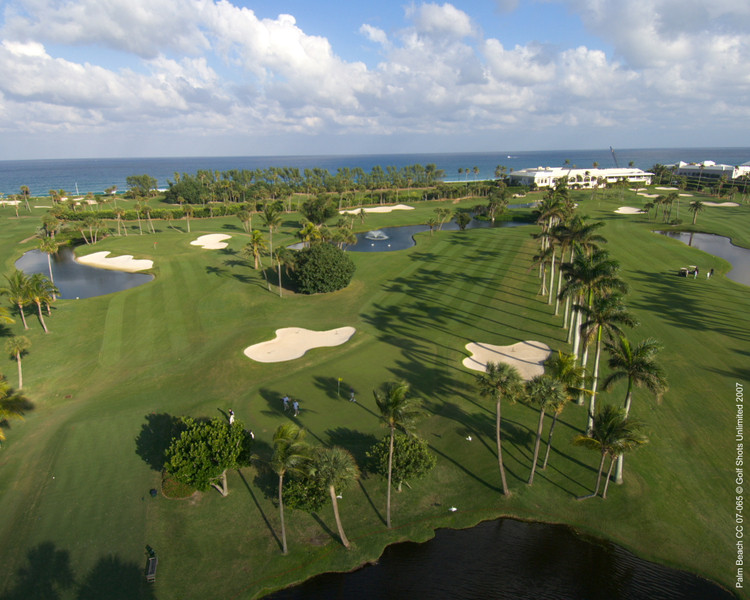
The 16th and 17th holes are a rarity, back-to-back par 3s.
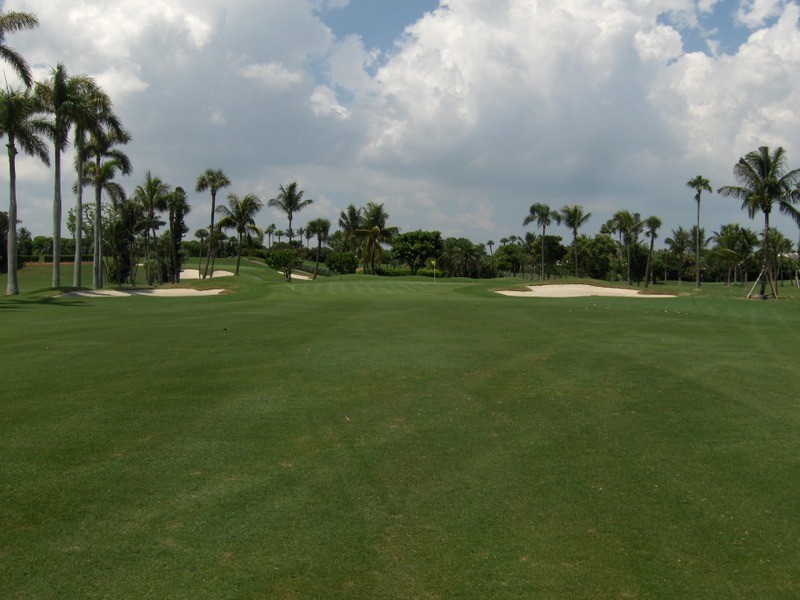 17th Hole
17th Hole – par 3, 145 yards
A very weak par 3: Wilson’s expanded green provides a target which is far too large for such a short hole. The pond on the right does not make 17 much more interesting.
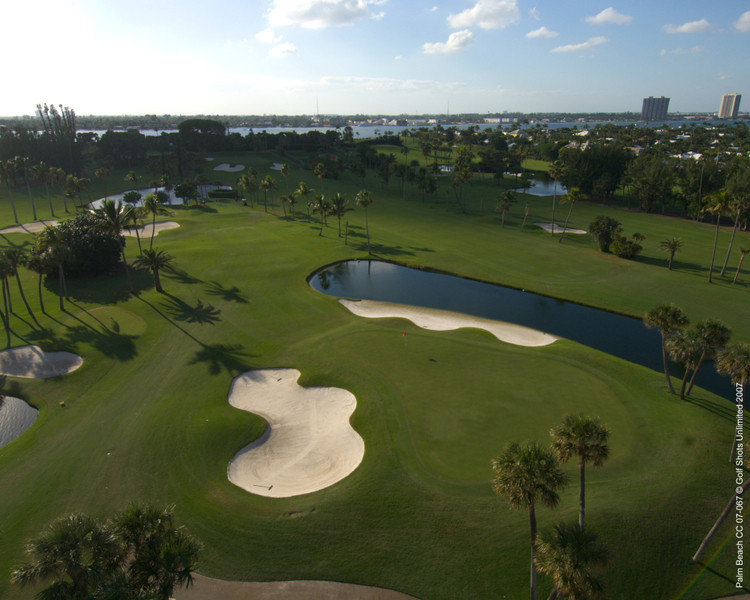
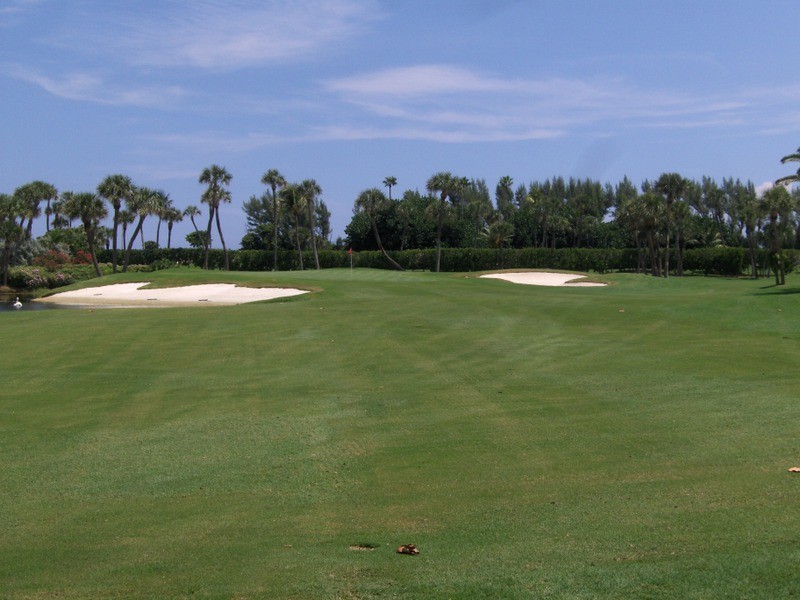
Not my favorite hole…
18th Hole – par 4, 310 yards
It is not surprising that the club selected the other loser of the clubhouse expansion to be reconfigured. Although Wilson built a new green for the hole in the 1950’s, it was not until the 1982 that the club made changes, with the help of architect Joe Lee, so that the short par 4 would no longer be drivable. The fairway was shifted right and a row of trees were added along the left side of the fairway to prevent long hitters from hitting driver directly at the green. To ensure that even the most irrational player would not be tempted, the 15th green was moved and a pond was constructed to the right of the green (they even built a small waterfall…). It extends back toward the fairway, narrowing the approach to the green to 10 yards as far as 80 yards from the green. A new green was built which slopes towards the pond. The resulting a hole required a tee shot of 180 - 200 yards and a second shot of 130 yards to the green.
To be fair, the club now has a driving range adjacent to the 18th green and having players on the tee hitting drivers at target so close to players practicing on the range is impractical from a safety perspective. Although 18 at PBCC competes strongly with 18 at Cypress Point for worst finishing hole in golf, I give it something of a pass.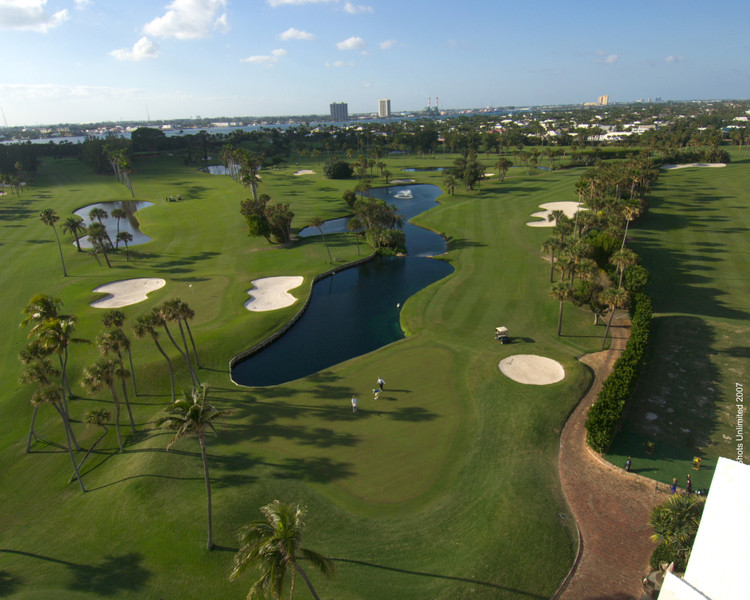
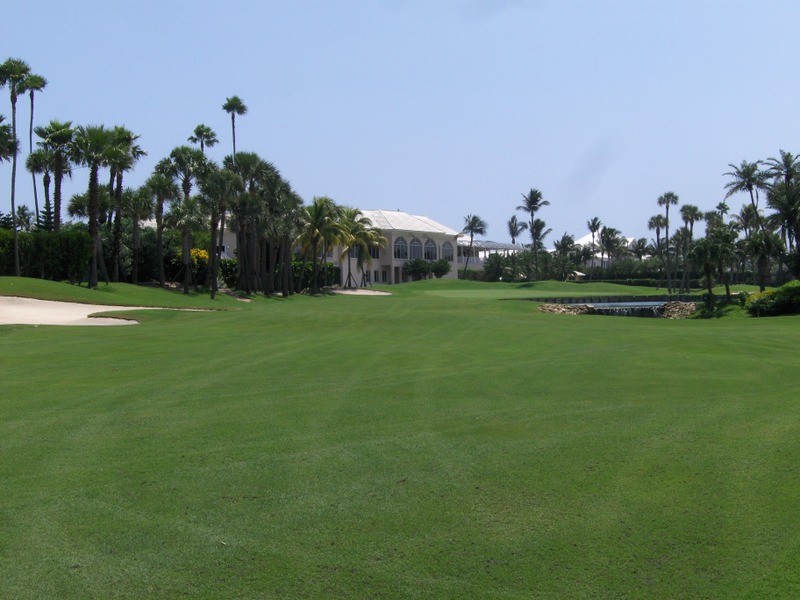
In this picture, you can see how why you would have to be crazy to attempt to drive the green or even try driving your tee ball into such a narrow neck of fairway on the 18th.
Donald Ross’s original design of the Palm Beach Country Club was greatly ameliorated by the club during this period. Although Dick Wilson’s addition of ponds, trees and wall-to-wall Bermuda grass made PBCC feel much more like every other course in Florida, the natural contours of the land and Donald Ross’s magnificent routing remained untouched. It is this factor which gives the course so much variety and endows each hole with a perceptible individuality. When playing courses more typical of the region, I notice the holes blending together and becoming indistinguishable in my memory. This is not the case at PBCC.
In Part III, I will discuss my take on Brian Silva’s extensive 2010 renovation and post up to date pictures of the golf course along with my assessment of those changes.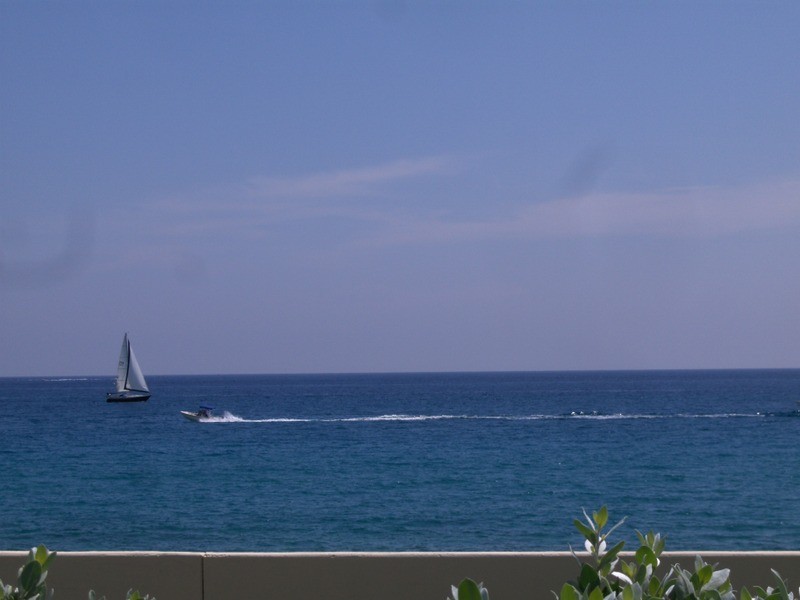
I am unable to resist posting this picture of how beautiful the Atlantic Ocean looked from the 10th green on that summer day. It almost made me not want to play golf…